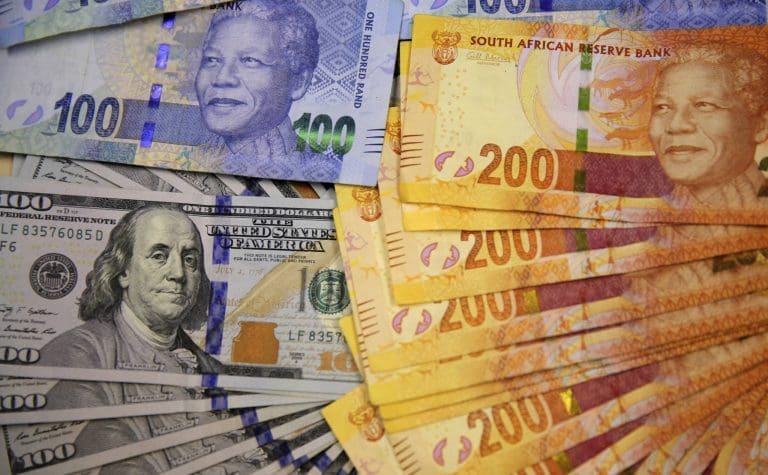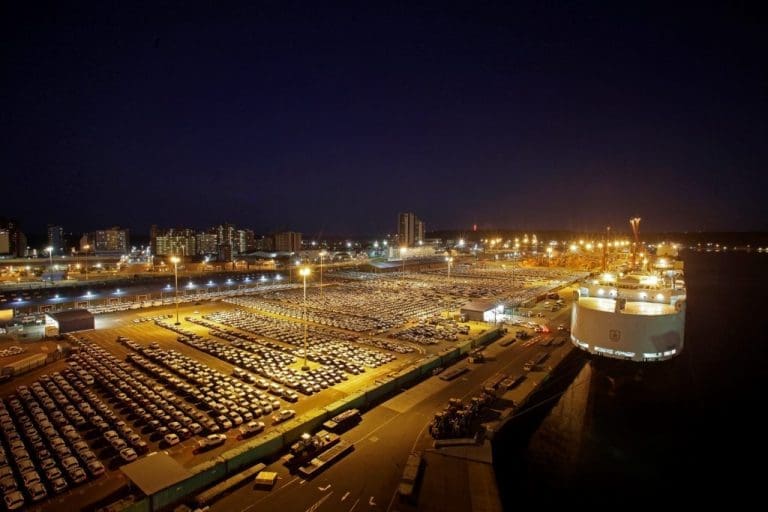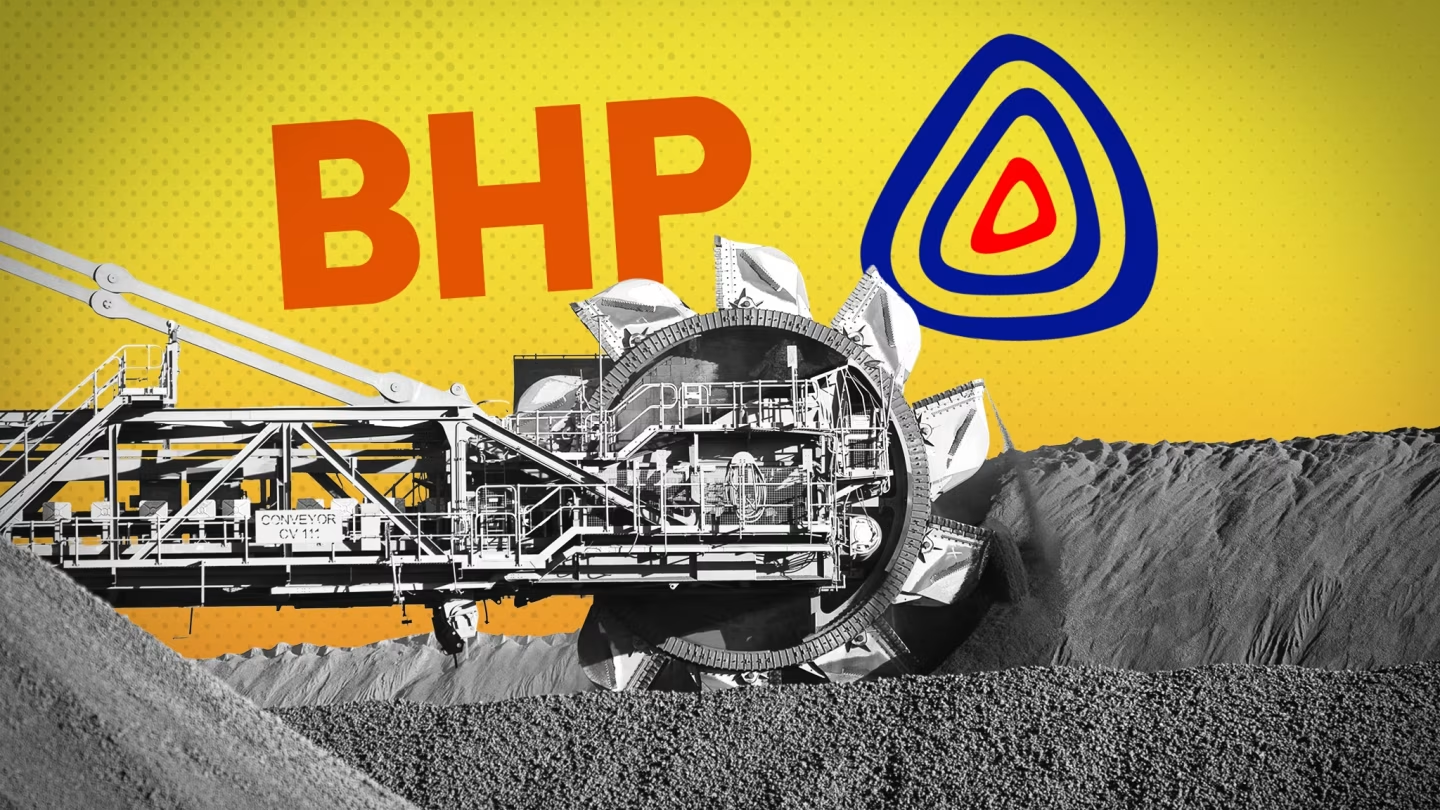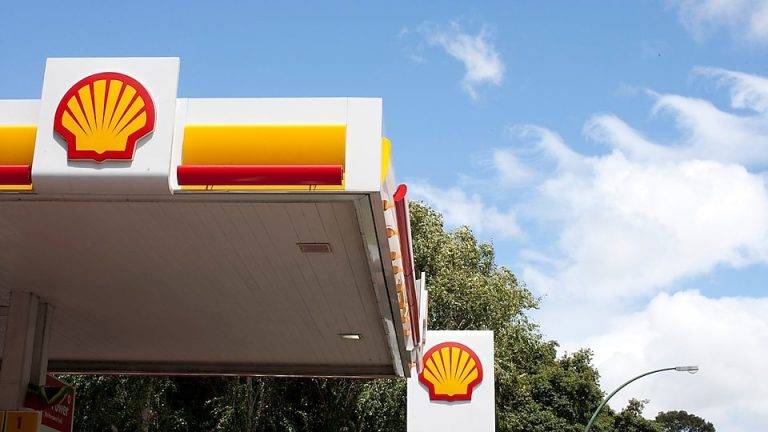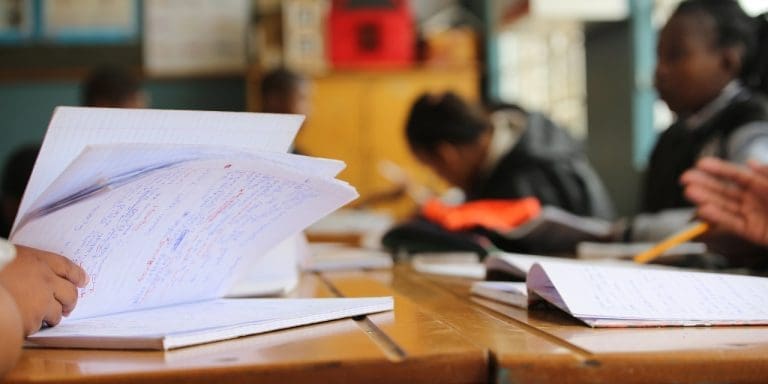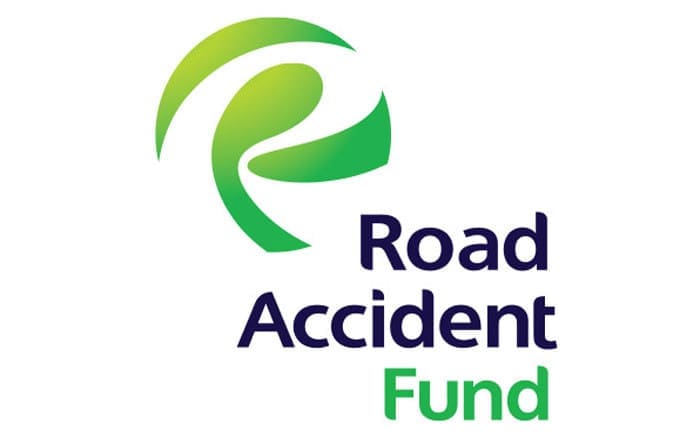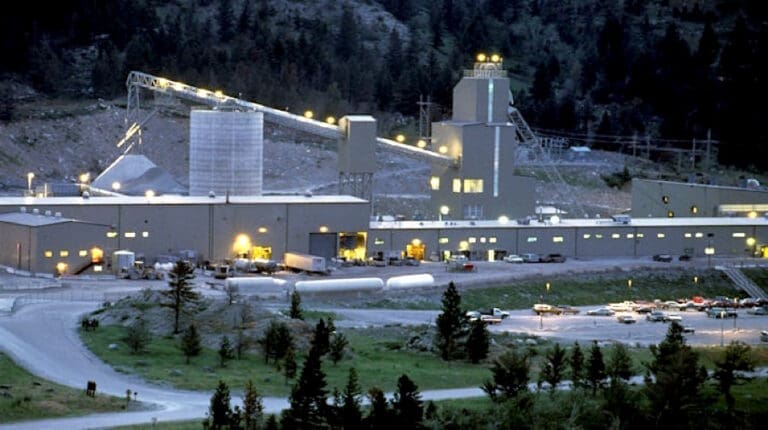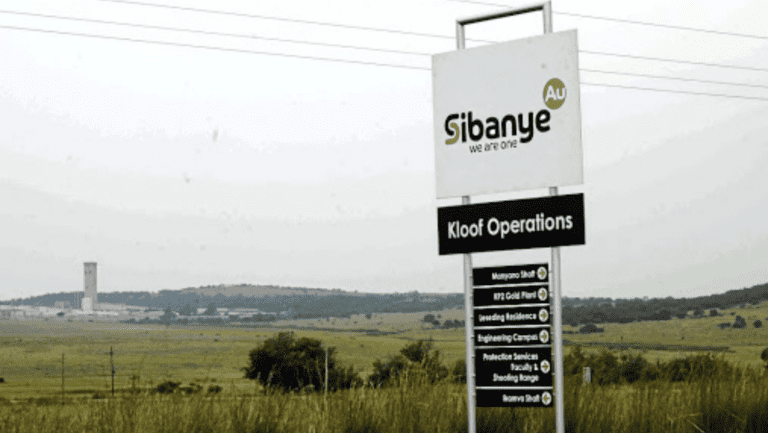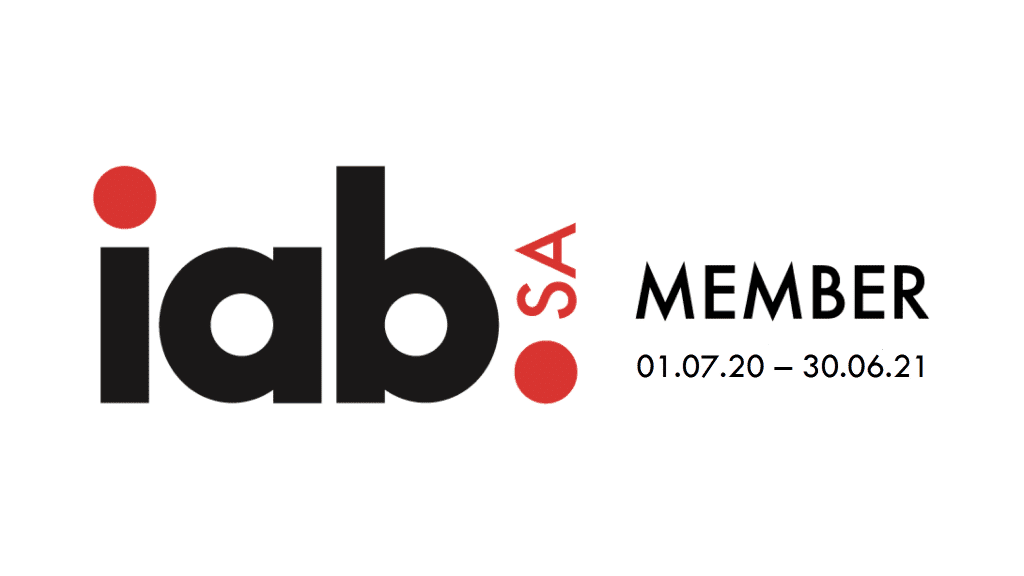South Africa’s economy experienced a setback in the third quarter of 2023, marking a contraction of 0.2% in real gross domestic product (GDP). This decline follows two consecutive quarters of growth, and it aligns with the expectations of economists, reflecting challenges faced by several key industries in the country.
The contraction was reflected across multiple sectors, with the production side of the economy displaying disappointing results. Statistics South Africa (Stats SA) reported that half of the ten major industries experienced weakened performance, significantly impacting overall economic growth.
Agriculture, a vital sector in South Africa, faced a substantial decline of 9.6% in Q3. This decline was primarily attributed to challenges stemming from lower field crop yields, reduced animal product output, and losses in horticulture. The industry grappled with the aftermath of the avian flu outbreak and the adverse effects of the Western Cape floods, significantly impacting its productivity.
Similarly, the manufacturing industry witnessed a decline of 1.3% during this period. The Food & Beverages and Petroleum & Chemical divisions were the main contributors to this downturn. Notably, the production of chicken-related products suffered due to the avian flu outbreak, exacerbating the industry’s challenges.
The impact rippled through related sectors, as weaker activities in agriculture and manufacturing had adverse effects on wholesale trade, leading to a 0.2% decline in the trade, catering & accommodation industry. Motor trade, restaurants, catering & fast-food segments also experienced decreased performance during this period.
The construction industry faced a continued decline, marking its second consecutive quarter of contraction. Reduced activities were reported in residential and non-residential building projects, further indicating the challenges faced within this sector.
Mining production, another crucial aspect of South Africa’s economy, also experienced a decline of 1.1%. This downturn was primarily due to pressure on Platinum Group Metals (PGMs), gold, and manganese ore production, impacting the industry’s overall output.
However, amidst these challenges, certain sectors showcased resilience and contributed positively to GDP growth. Finance, real estate & business services, personal services, and transport, storage & communication emerged as the leading contributors to economic growth during this period.
Transport, storage & communication witnessed a growth of 0.9%, driven by increased economic activities in land and air transport, transport support services, and communications. The electricity, gas & water supply industry also exhibited a marginal growth of 0.2% after several quarters of decline, mainly due to increased electricity generation and reduced occurrences of severe load shedding.
Despite some positive indicators, household consumption expenditure faced a decline for the second consecutive quarter. Cash-strapped consumers reduced spending on transport, recreation, and housing utilities while prioritizing purchases of clothing & footwear and patronizing restaurants & hotels.
Moreover, Stats SA highlighted a significant drawdown of inventory build-up in the South African economy after six quarters of growth. This drawdown, which represents a negative contributor to growth, occurred across various industries, affecting manufacturing, mining, and transport, storage & communication.
The article discusses how investments, imports, exports, household consumption, and inventory management played crucial roles in shaping South Africa’s economic landscape during Q3 2023.
By expanding on these points, the article can provide a comprehensive overview of South Africa’s economic performance in the third quarter of 2023, its sectoral nuances, challenges faced, and potential implications for various industries and consumers within the country.





